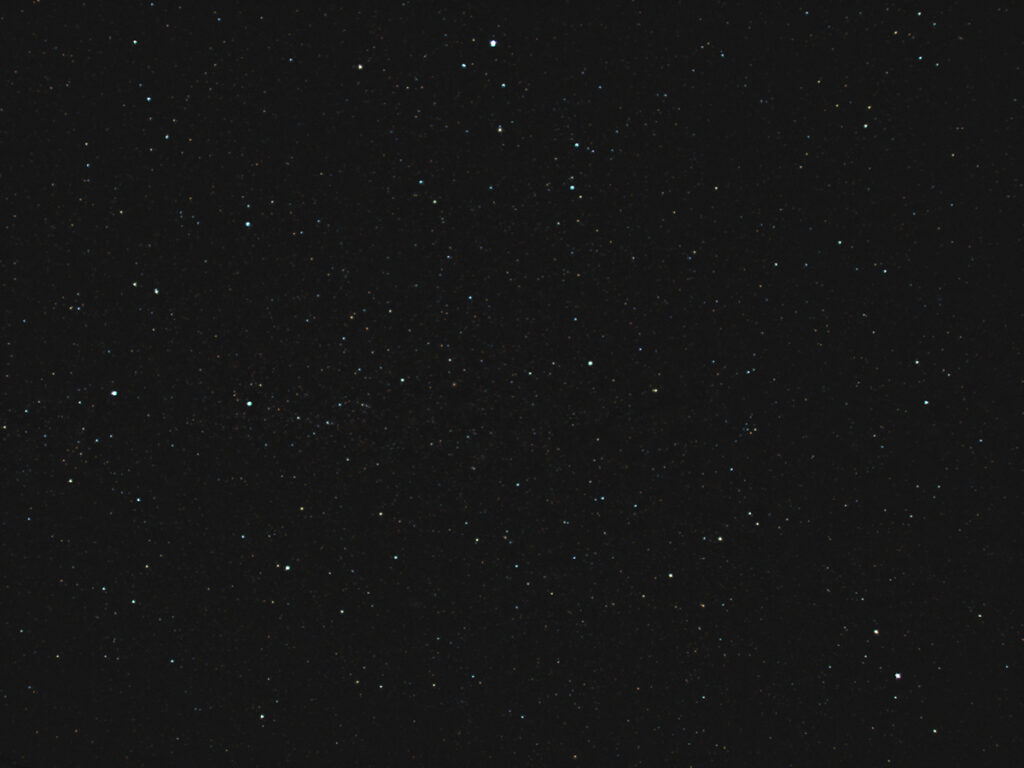

Telescope: None
Camera: Baader modified Nikon D5300, Nikkor 24mm ED, f/1.4
Filter: Optolong Clear Sky Filter (light pollution filter)
Guide scope: None
Exposure: 2x5sec, ISO 200, saved as RAW
Darks: Internal (Long Exposure Noise Reduction On)
Flats: Synthetic
Average Light Pollution: Red zone, Bortle 8, fair transparency
Lensed Sky Quality Meter: 18.6 mag/arc-sec^2
Stacking: Mean with a 1-sigma clip.
White Balance: Nebulosity Automatic
Software: Deep Sky Stacker, Nebulosity, Photoshop
The Summer Triangle is formed by Vega (top), Deneb (left), and Altair (lower right), and includes a section of the Summer Milky Way that is a joy to sweep with binoculars or a small telescope. This simple, 2-frame stack was part of a test sequence using a Nikkor 24mm ED lens and a simple tripod for wide field imaging from my backyard. I plan on using this lens for wide field constellation and meteor photography.
The Summer Triangle rises in the east and northeast during the early evening and is visible all night long.
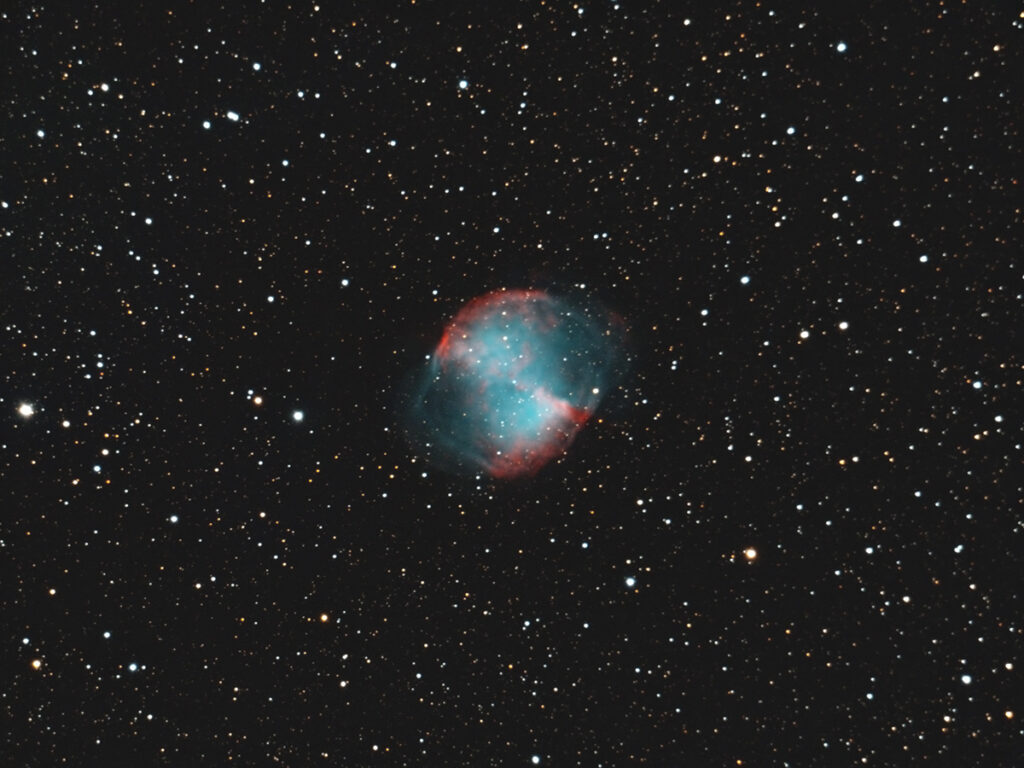
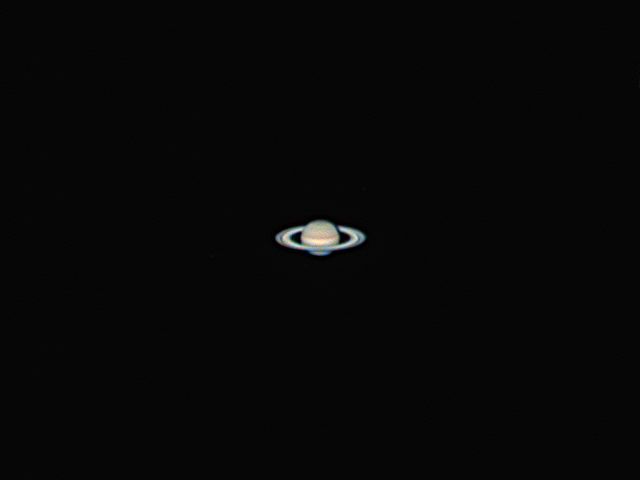
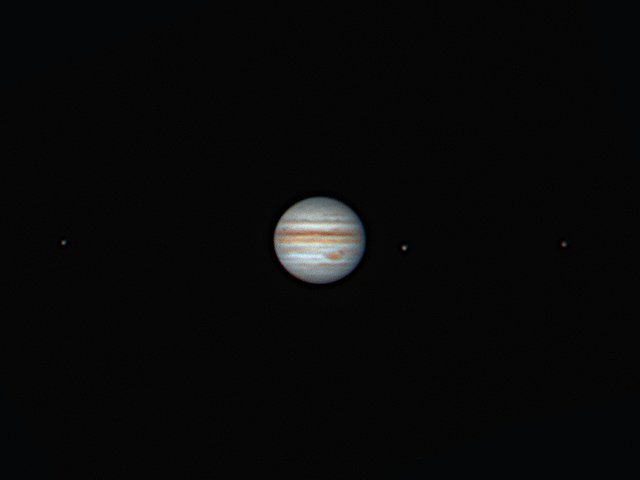

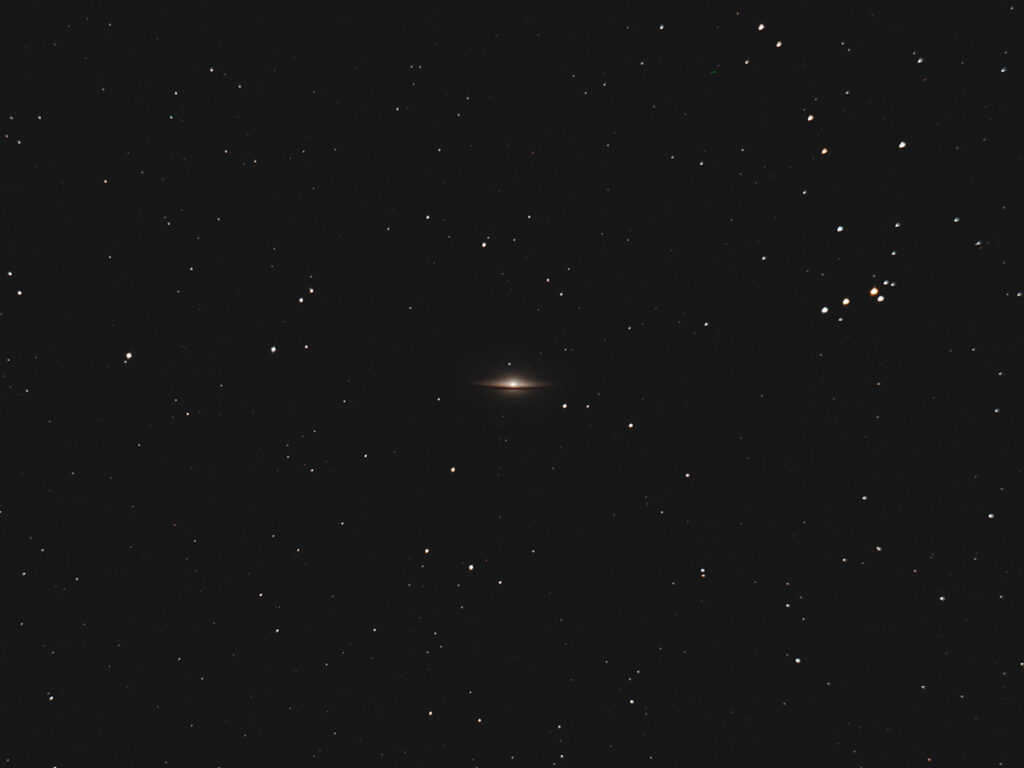

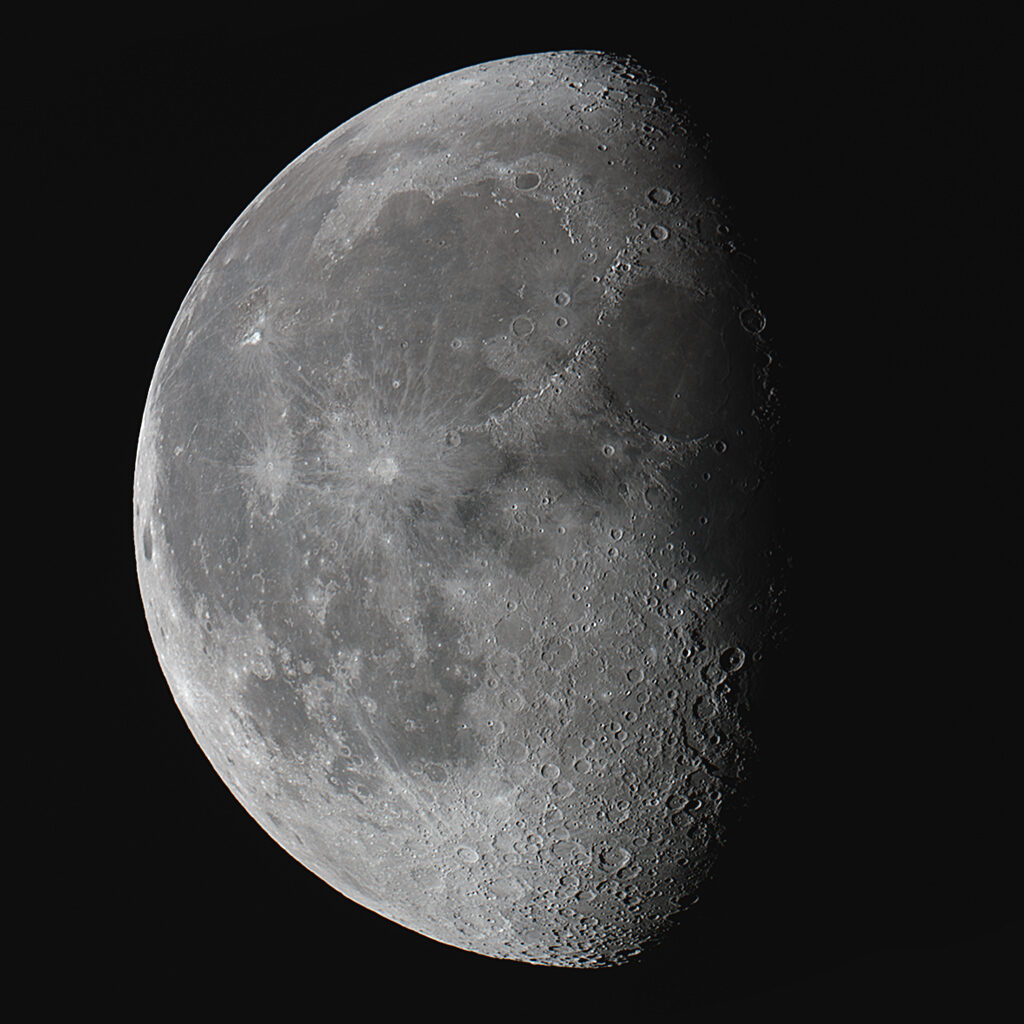
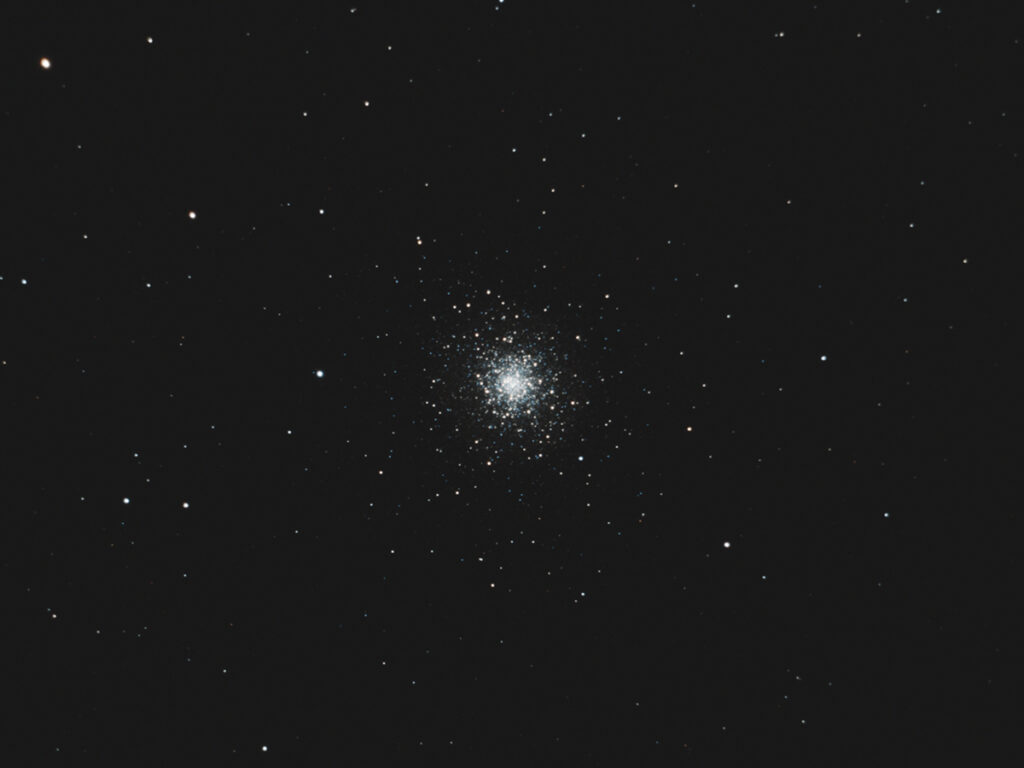
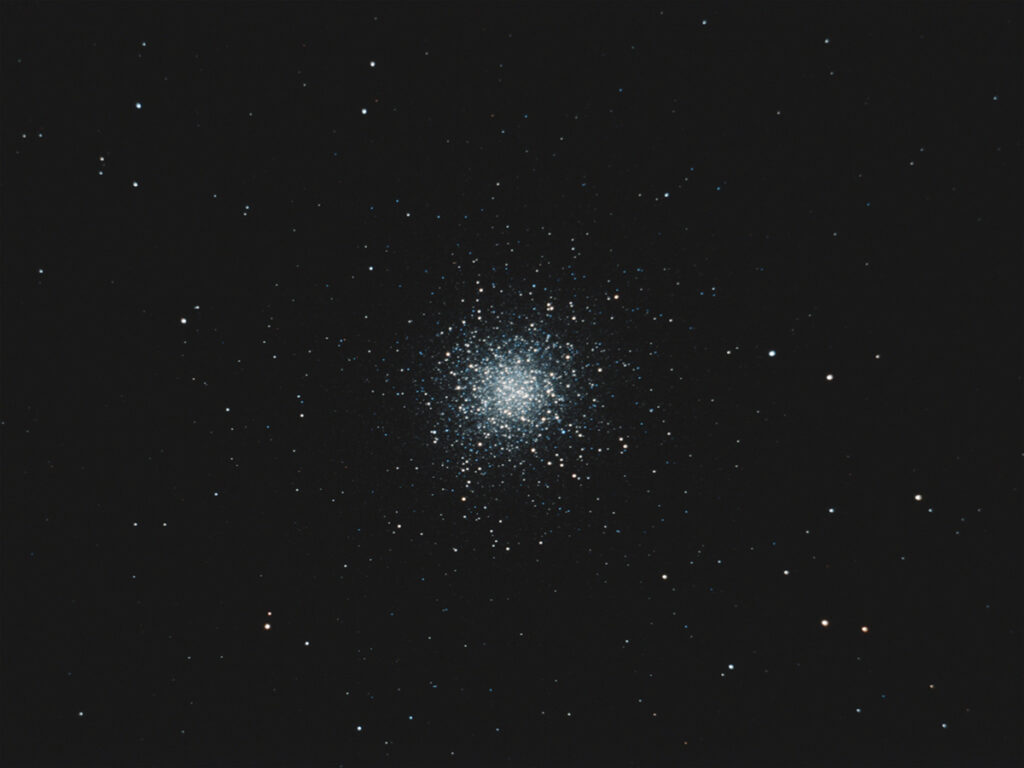
Recent Comments